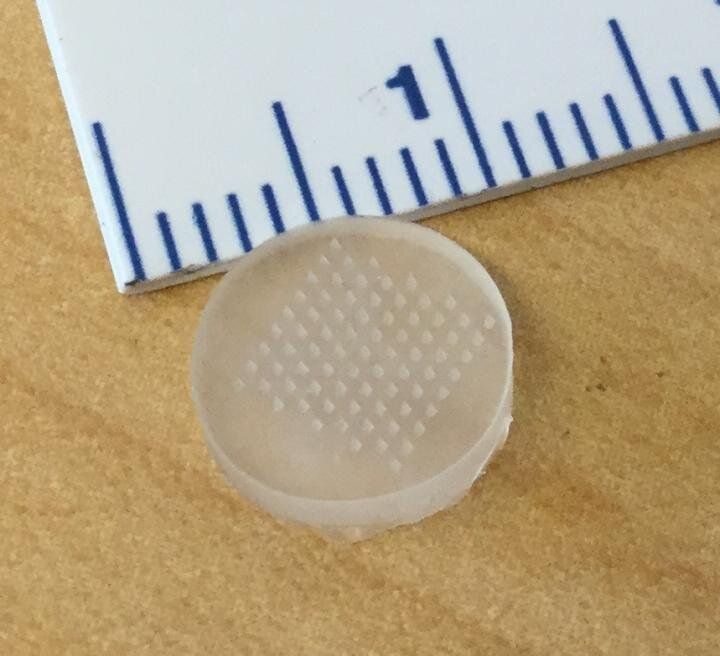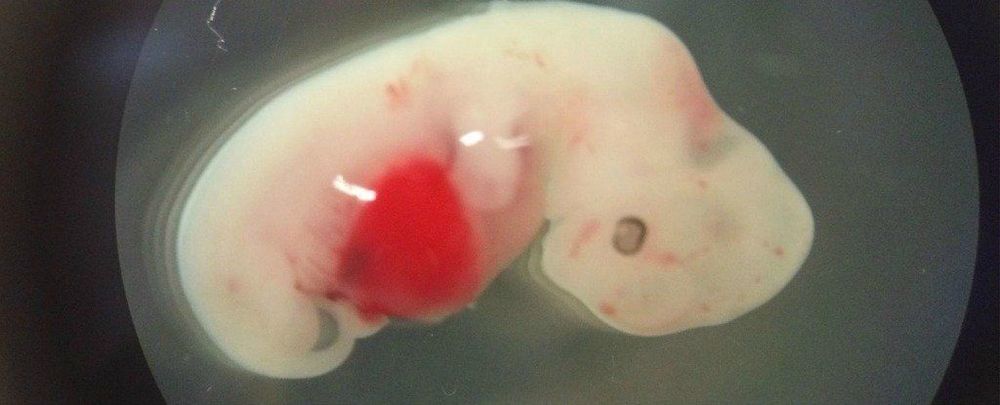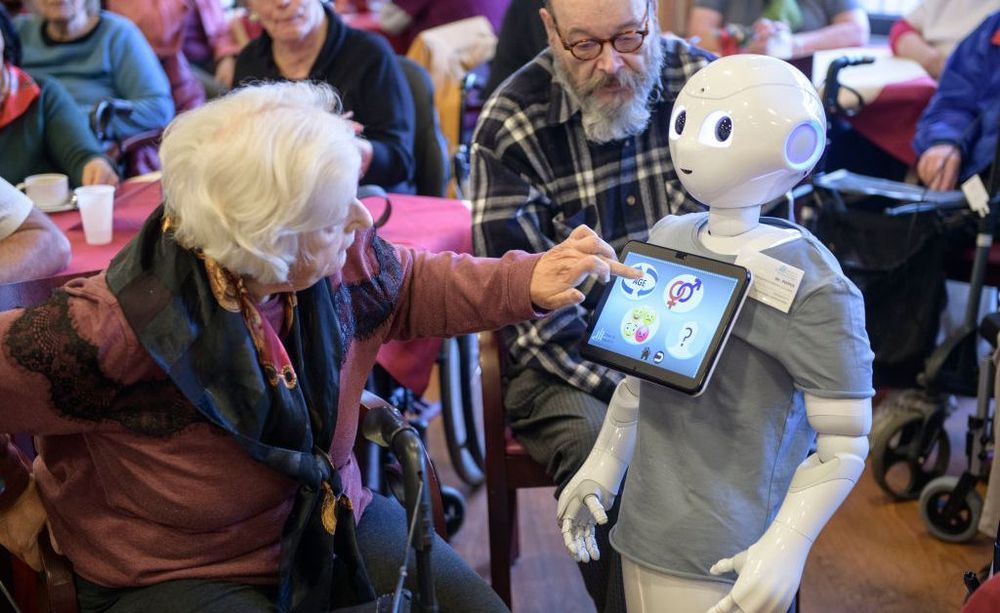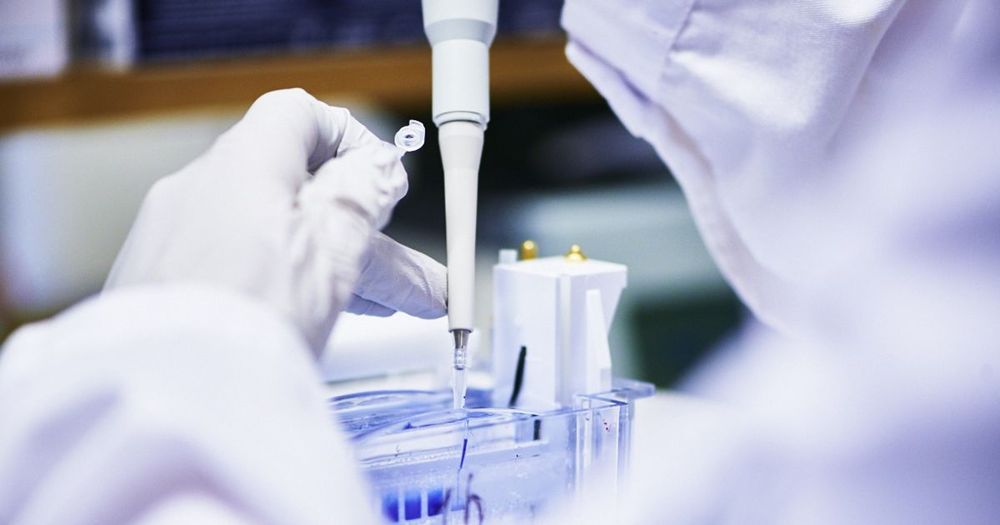A South African professor, Mashudu Tshifularo, and his team at the University of Pretoria pioneered the world’s first middle ear transplant using 3D-printed bones. Here is how he carried out the successful surgery.


What should you chose to get the best pain relief? StemCures in Cincinnati.

Science has officially broadened the blood supply:
Access to efficient enzymes that can convert A and B type red blood cells to ‘universal’ donor O would greatly increase the supply of blood for transfusions. Here we report the functional metagenomic screening of the human gut microbiome for enzymes that can remove the cognate A and B type sugar antigens. Among the genes encoded in our library of 19,500 expressed fosmids bearing gut bacterial DNA, we identify an enzyme pair from the obligate anaerobe Flavonifractor plautii that work in concert to efficiently convert the A antigen to the H antigen of O type blood, via a galactosamine intermediate. The X-ray structure of the N-acetylgalactosamine deacetylase reveals the active site and mechanism of the founding member of an esterase family. The galactosaminidase expands activities within the CAZy family GH36. Their ability to completely convert A to O of the same rhesus type at very low enzyme concentrations in whole blood will simplify their incorporation into blood transfusion practice, broadening blood supply.

Melanoma is a deadly form of skin cancer that has been increasing in the U.S. for the past 30 years. Nearly 100,000 new cases of melanoma are diagnosed every year, and 20 Americans die every day from it, according to the American Academy of Dermatology. Now, researchers have developed a fast-acting skin patch that efficiently delivers medication to attack melanoma cells. The device, tested in mice and human skin samples, is an advance toward developing a vaccine to treat melanoma and has widespread applications for other vaccines.
The researchers will present their findings today at the American Chemical Society (ACS) Fall 2019 National Meeting and Exposition.
“Our patch has a unique chemical coating and mode of action that allows it to be applied and removed from the skin in just a minute while still delivering a therapeutic dose of drugs,” says Yanpu He, a graduate student who helped develop the device. “Our patches elicit a robust antibody response in living mice and show promise in eliciting a strong immune response in human skin.”

Stem cell biologist Hiromitsu Nakauchi has been waiting for this moment for more than a decade.
After years of planning, the persistent researcher has at last received approval from a government willing to pursue one of the most controversial scientific studies there is: human-animal embryo experiments.
While many countries around the world have restricted, defunded or outright banned these ethically-fraught practices, Japan has now officially lifted the lid on this proverbial Pandora’s box. Earlier this year, the country made it legal to not only transplant hybrid embryos into surrogate animals, but also to bring them to term.
At Ending Age-Related Diseases, Michael Greve discussed the Forever Healthy Foundation and its Rejuvenation Now initiative along with the current state of rejuvenation biotechnology, including companies and therapies, and a direction for the future of this emerging industry.
See Forever Healthy’s Rejuvenation Now initiative at https://forever-healthy.org/en/initiatives/rejuvenation-now/
►Subscribe for more: https://www.youtube.com/user/LifespanIO?sub_confirmation=1
►This video is presented by LEAF. Please support our work by becoming a Lifespan Hero: http://lifespan.io/hero
#Rejuvenation #Biotechnology #EARD2019

New York, NY—August 12, 2019—A novel neck brace, which supports the neck during its natural motion, was designed by Columbia engineers. This is the first device shown to dramatically assist patients suffering from Amyotrophic Lateral Sclerosis (ALS) in holding their heads and actively supporting them during range of motion. This advance would result in improved quality of life for patients, not only in improving eye contact during conversation, but also in facilitating the use of eyes as a joystick to control movements on a computer, much as scientist Stephen Hawkins famously did.
A team of engineers and neurologists led by Sunil Agrawal, professor of mechanical engineering and of rehabilitation and regenerative medicine, designed a comfortable and wearable robotic neck brace that incorporates both sensors and actuators to adjust the head posture, restoring roughly 70% of the active range of motion of the human head. Using simultaneous measurement of the motion with sensors on the neck brace and surface electromyography (EMG) of the neck muscles, it also becomes a new diagnostic tool for impaired motion of the head-neck. Their pilot study was published August 7 in the Annals of Clinical and Translational Neurology.
The brace also shows promise for clinical use beyond ALS, according to Agrawal, who directs the Robotics and Rehabilitation (ROAR) Laborator y. “The brace would also be useful to modulate rehabilitation for those who have suffered whiplash neck injuries from car accidents or have from poor neck control because of neurological diseases such as cerebral palsy,” he said.


Hamlet Pharma Ltd. is making great progress and has just concluded the first part of a clinical trial in patients with bladder cancer. Drug development often takes many years, due to complex development and approval processes. Based on our extensive prior experience, the drug candidate, Alpha1H, has passed a number of important milestones in a relatively short time and with moderate cost. Alpha1H is natural and is found in breast milk. The trial has shown its effectiveness in dissolving tumors.
The strategic goal of Hamlet Pharma is to develop novel cancer treatments for patients who currently lack therapeutic options. Conducting clinical trials is crucial to reach primary goals such as evaluating the therapeutic window for HAMLET in bladder cancer. We also aim to gain new insights that facilitate the drug development for Alpha1H and the diversification of our activities to include other indications.